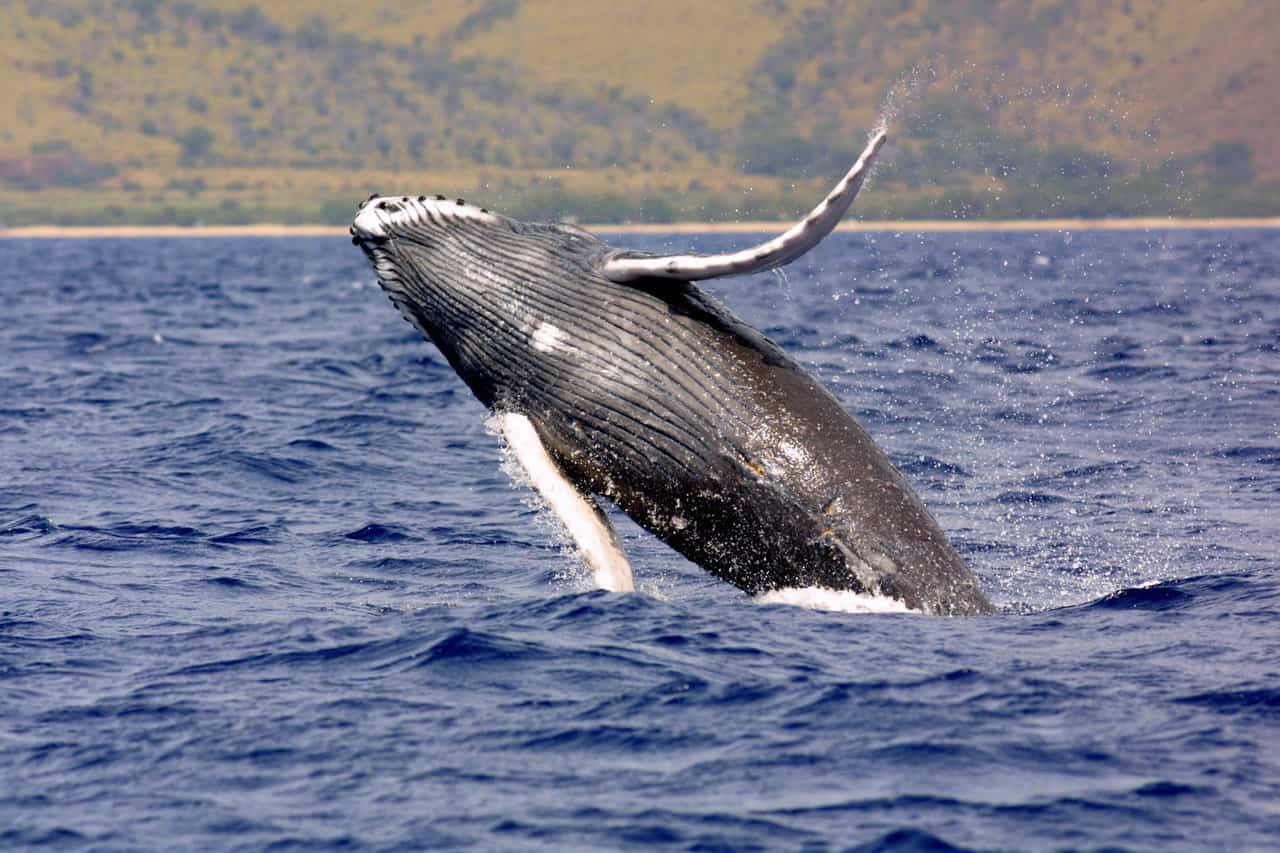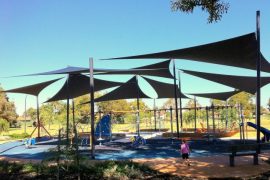Unlocking the Mysteries of Humpback Whales: A Family Adventure
Hello ocean enthusiasts! Are you ready to splash into the wonderful world of humpback whales with your little ones in tow? Well, you’re in for a whale of a time! Our guide is here to help parents like you educate and inspire your children about these magnificent creatures of the deep blue sea. So grab your snorkels (metaphorically speaking, of course!) and let’s embark on this oceanic journey together!
What Makes Humpback Whales So Fascinating?
Humpback whales are not only some of the most recognizable creatures in our oceans, but they are also among the most engaging and endearing. Let’s take a plunge into what makes these marine mammals truly special:
- Magnificent Migrators: Did you know that humpback whales are great travelers? They migrate up to 25,000 kilometers (15,000 miles) each year. That’s like going halfway around the world!
- The Singing Sensations: Male humpback whales are the Pavarottis of the ocean. They compose complex songs that can last for hours, and these “whale serenades” are unique to each whale population.
- Acrobatics Experts: Humpbacks are famous for their dramatic breaches and elegant tail slaps – truly a magnificent sight to witness, if you’re fortunate enough!
- Caring Community Members: These whales exhibit intriguing behaviors like bubble-net feeding, showcasing their intelligence and cooperation skills.
But why is it important for our children to learn about humpback whales? Well, fostering a bond between our kids and the natural world encourages empathy, curiosity, and a sense of responsibility for the environment. It’s never too early to become an ocean ambassador!
Conservation Corner: Protecting Our Whale Friends
One of the key reasons to learn about humpback whales is the role they play in ocean health. Sadly, these gentle giants face various threats, including climate change, entanglement in fishing gear, and ship strikes. But don’t worry! There is hope, and there are actionable ways we can all help to protect them:
- Support Marine Sanctuaries: Encourage your kids to learn about marine protected areas where humpback whales can thrive free from human disturbances.
- Be a Responsible Tourist: If you go whale watching, choose eco-friendly tours that respect whale habitats and maintain a safe distance to minimize stress on the animals.
- Reduce, Reuse, Recycle: Teach your children about how reducing plastic waste can help save sea life. Every plastic bottle you recycle is one less in the ocean!
- Climate Action: Engage in climate-friendly practices at home. Simple actions like turning off lights when not in use can contribute to a healthier planet for all.
Learning about these proactive steps can empower your children to make a difference and ensure a brighter future for humpback whales and their underwater companions.
In the coming sections, we’ll dive deeper into the wonderous lives of humpback whales, explore their habitats, and share activities you can do with your family to learn more about these oceanic wonders. Stay tuned for an unforgettable aquatic adventure where knowledge and fun swim side by side!

5 Things Parents Should Know When Preparing for a Humpback Whales Encounter
Understanding Whale Behavior
Before you set sail, it’s crucial to know about humpback whale behavior. These mammals are known for their spectacular displays, but they are also wild animals. Teaching respect for their space and understanding the signs of disturbance will make your whale watching experience enjoyable and safe for everyone involved.
Selecting the Right Whale Watching Tour
Choosing an appropriate whale watching tour is vital. Look for operators that prioritize sustainable practices and have experienced guides. These tours not only ensure a meaningful experience but also contribute to the welfare of the whales and their habitats.
Best Time to See Humpback Whales
Timing is everything. Humpback whales migrate throughout the year, so planning your trip during peak seasons in your chosen location will increase the likelihood of an encounter. Familiarize yourself with their migratory patterns and plan accordingly.
Packing Appropriately for the Adventure
The open sea can be unpredictable. Dress in layers, bring sun protection, and consider seasickness remedies if needed. Don’t forget your binoculars for a closer look and a camera to capture the memories (just make sure to use it responsibly and without flash).
Educational Activities Post-Encounter
After witnessing the whales, continue the journey at home. Engage your kids with fun and educational activities, such as drawing their favorite whale moments or researching more about marine conservation. This can deepen their appreciation and solidify the experience’s impact.
Exploring Humpback Whale Habitats
To truly appreciate humpback whales, it’s essential to understand where they live. These creatures can be found in all the world’s major oceans, from the polar to the tropical waters, but they have specific breeding and feeding grounds. Some of the most famous habitats include the warm waters of Hawaii, where they breed, and the nutrient-rich waters of Alaska, where they feed.
Involve your children by exploring maps and documentaries about these habitats. Learning about different ecosystems not only broadens their horizons but also shows them the interconnectedness of our world.
Interactive Learning with Kids: Whale-Inspired Activities
There’s a sea of fun activities to do with your children to enhance their understanding of humpback whales:
- Whale Art Projects: Encourage your child’s creativity with a painting or sculpture project depicting whale behavior or habitats.
- Science Experiments: Simple experiments can demonstrate how whales stay warm or how they use blubber for buoyancy.
- Ocean-Themed Storytime: Share tales about the ocean and its inhabitants to inspire a love for marine life.
- Marine Biology Puzzles: Puzzles featuring whales and other sea creatures are a great way to learn about the different types of marine life in a tangible way.
Whether you’re planning to spot these majestic creatures in the wild or teaching your children about the importance of their conservation, the world of humpback whales offers an oceanic wellspring of wonders. With each wave of learning and adventure, you’re not just creating lasting memories; you’re building a lifelong respect for our planet’s incredible marine life.
Embarking on this journey will lead to ripples of positive impact, instilling in your children the importance of being stewards for our blue planet. So let’s continue to share the awe-inspiring story of the humpback whale and nurture the next generation of ocean enthusiasts!
For more great fun click here. For more information see here
Disclaimer
The articles available via our website provide general information only and we strongly urge readers to exercise caution and conduct their own thorough research and fact-checking. The information presented should not be taken as absolute truth, and, to the maximum extent permitted by law, we will not be held liable for any inaccuracies or errors in the content. It is essential for individuals to independently verify and validate the information before making any decisions or taking any actions based on the articles.




